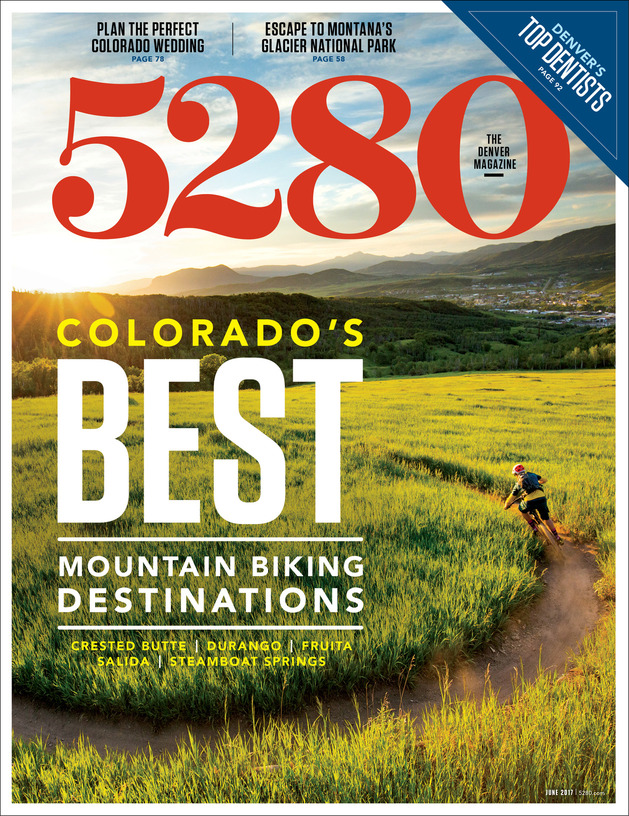The Local newsletter is your free, daily guide to life in Colorado. For locals, by locals.
As inventors go, Peter Hall is more of a Steve Jobs than a Thomas Edison. The Denver native didn’t create stand-up paddleboarding, but his innovations have fueled the sport’s popularity since 2011, when he founded Hala Gear on the banks of the Yampa River. For instance, Hall developed the industry’s first white-water-specific, inflatable paddleboards, with novel features like a retractable fin that’s optimized for rock-studded river currents as opposed to ocean surf or lakes. Then he pioneered a versatile paddle with a blade on each end, similar to those kayakers use (a handy feature for SUPers kneeling low in rapids). And his latest innovation promises to truly revolutionize paddleboarding: This summer, Hala Gear will debut five inflatable models that perform like hard boards.
Hard boards have long been stand-up paddleboard racers’ first choice because their thin, rigid construction slices through waves and improves paddlers’ speed and efficiency. But they’re notoriously fragile—rocks crack them easily—making them impractical for the rivers and reservoirs where most Coloradans SUP. Plus, hard boards are a hassle to store and transport. “The future of the sport is in the inflatables,” Hall says. “If we can elevate their performance, they’ll win the day.” So that’s exactly what he did. The key is a carbon composite that makes the new Hala boards stiffer, lighter, cheaper, and faster—all without compromising quality. Here’s how.

Material Advantage
Four years ago, Hall met Dirk Steinhour, a fellow paddler who had patented a strong but flexible material for inflatable shelters that could be used during emergencies like hurricanes or tornadoes. The pair decided to see whether this carbon composite could work in the paddling realm.
Carbon Is King
After testing several combinations of fabric, Hall and Steinhour settled on carbon and fiberglass threads woven with aramid (a synthetic material similar to Kevlar) and then coated in plastic. All of this gets fed through a proprietary, million-dollar machine that applies 200 pounds of pressure per square inch to compress the components.
More Isn’t Better
Hala’s new models use the carbon composite on about 25 to 45 percent of each board, which puts their weight at 30 pounds, optimizes the glide, and keeps the cost at a maximum of $1,599. (A typical paddleboard can weigh up to 40 pounds and have a price tag of up to $1,800.)
Excellent Aerodynamics
Thick paddleboards tend to be stiffer than thin ones, but their blunt proportions mean they don’t glide as well as knifelike models. Hala’s carbon-hybrid inflatable paddleboards measure 4.75 to six inches thick—yet they’re more rigid than standard six-inch boards. This allows them to cut through the waves, reducing the amount of power you have to exert when paddling, so you can cruise for longer distances.
Where We’re Paddling This Month: The ponds in Arapaho Bend Natural Area
Drive From Denver: About an hour
Why We Love It: In this open space on the outskirts of Fort Collins, Big Bass Pond and Beaver Pond offer scenic respites and more than 80 species of birds (think: American white pelicans, prairie falcons, and cormorants). Be sure to steer clear of nearby Rigden Reservoir’s slippery banks, which are off-limits for recreationists.









